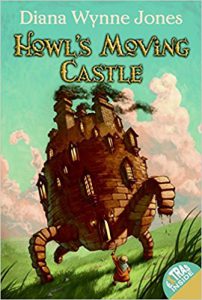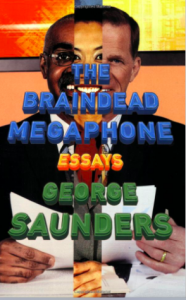This book was based on a young girl who had moved to a school district and came to regular school after being home schooled her whole life. She didn’t know how to fit in with the other kids and did things completely out of wack. She didn’t really pay much attention to the fact that people were judging her and instead stayed the way that she had always been. She also named herself according to what sounded good to her. She didn’t stick to one name, she didn’t care that it wasn’t normal.
We see a romance develop between star girl and the main character. This is quite interesting because the main character has opposition to her in the beginning of the story just like everyone else did and then somehow down the road was drawn to that difference. I love the idea of this romance, it was so different than most romance is conveyed in books. This honestly added in so much of a plot and individuality to the work. I also like the idea of him wanting her to change, and not liking the way that she is simply because she didn’t fit in with everyone else. He was helpless to the idea that she wouldn’t change who she was just for him.
The stargirl was selfless throughout the book. She didn’t care what people thought of her, and she almost seemed to not have an ego at all. She only wanted to make other people happen, not herself. If anything, helping other people made her happy. I enjoyed this aspect of this character because it’s something you don’t really see much in other books. You almost have to root for this character, and I always got lost in thought thinking about how it must have felt to be helpless if only for just a moment.
I really like the fact that throughout this entire book there was always some kind of surprise that I would never expect. I didn’t lose interest in the book because every time I turned the page there would be some image sticking in my mind that I couldn’t get out of my head. At some point the idea of a wagon that she kept rocks in was brought up. She placed rocks in the wagon for each time that something made her happy and took it out each time it made her sad. This was a really good example of the surprise that came in this book.
This book still resonates in my mind. The end of this book tied the whole thing together and gets the reader thinking about literately everything that happened in the book all on one page. We think about the fact that this young girl who was so weird had so much of an impact on a school that she was only in for one year. Her leaving almost makes us want to understand why she left in the first place. I wanted to see more of her, to understand what made her act so weird. Most of all I wanted to know what she would do next.



